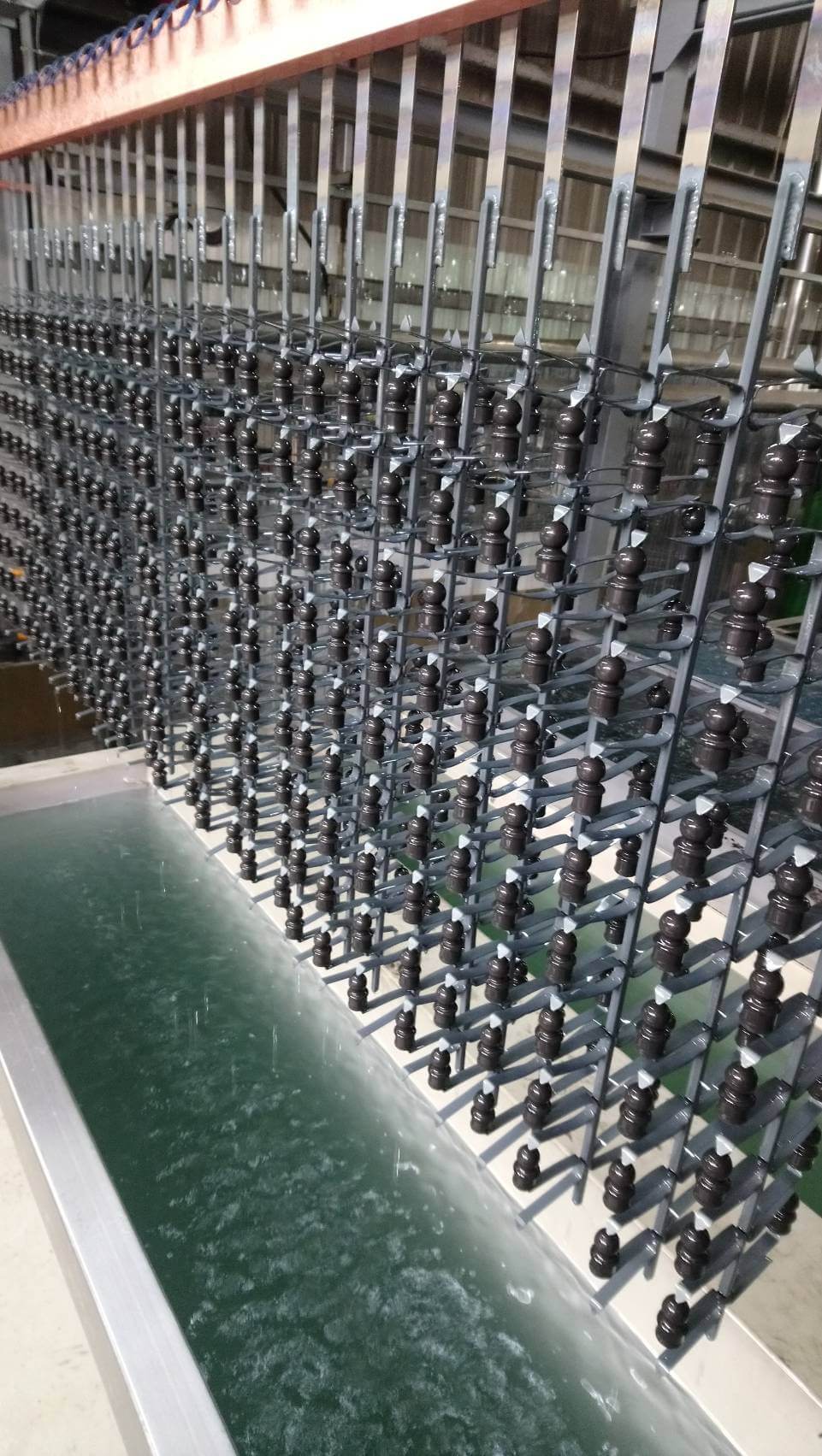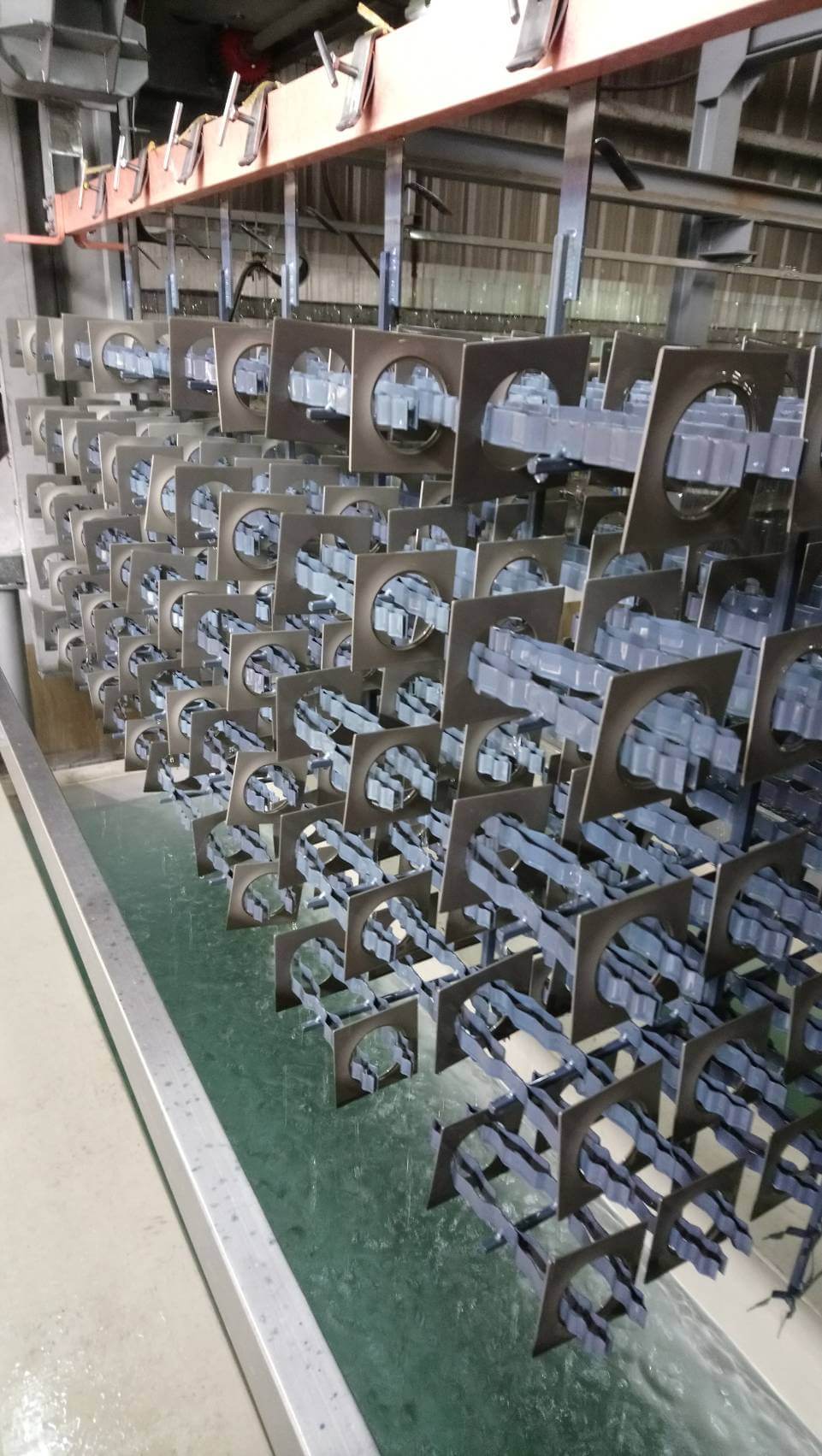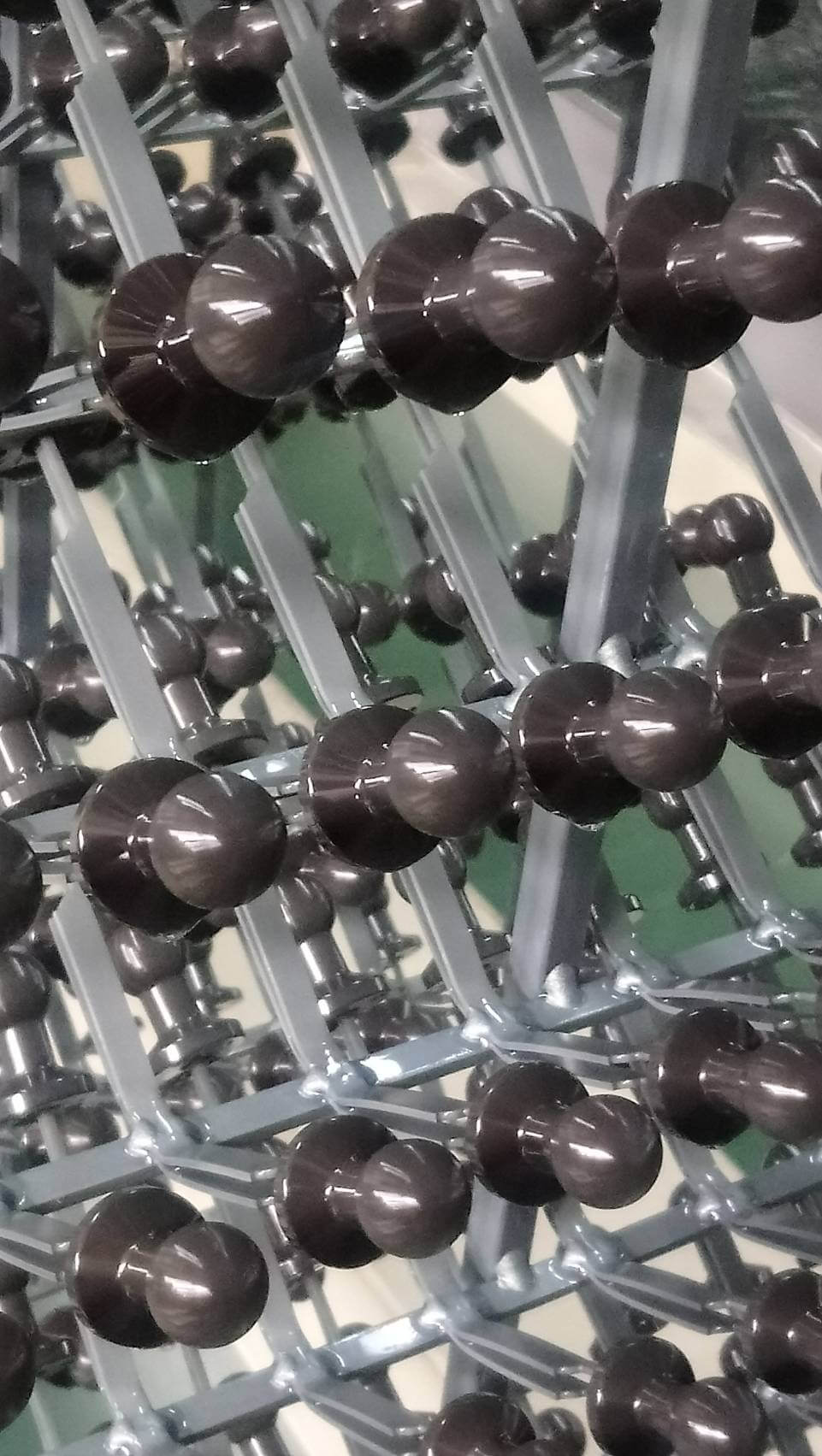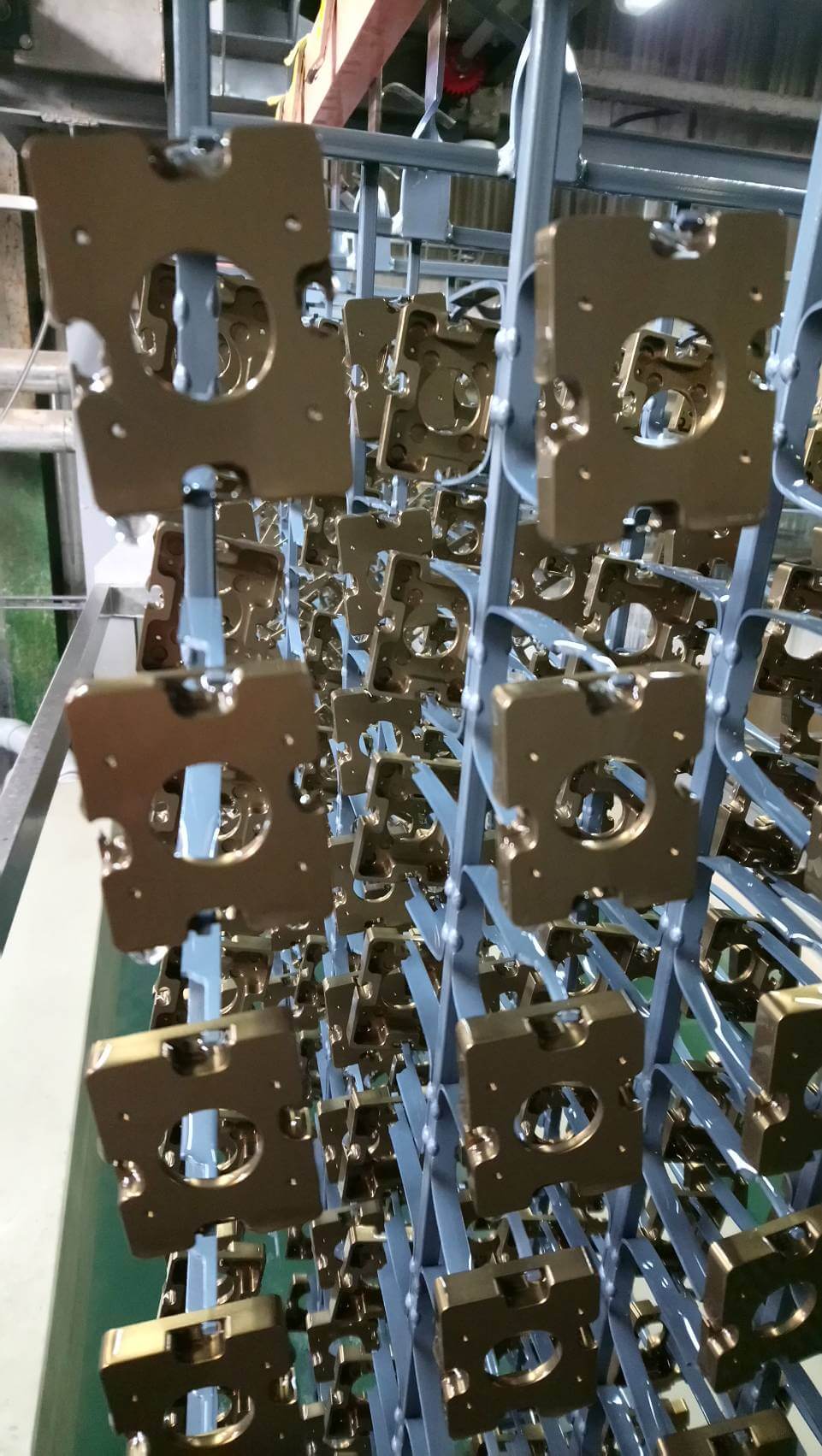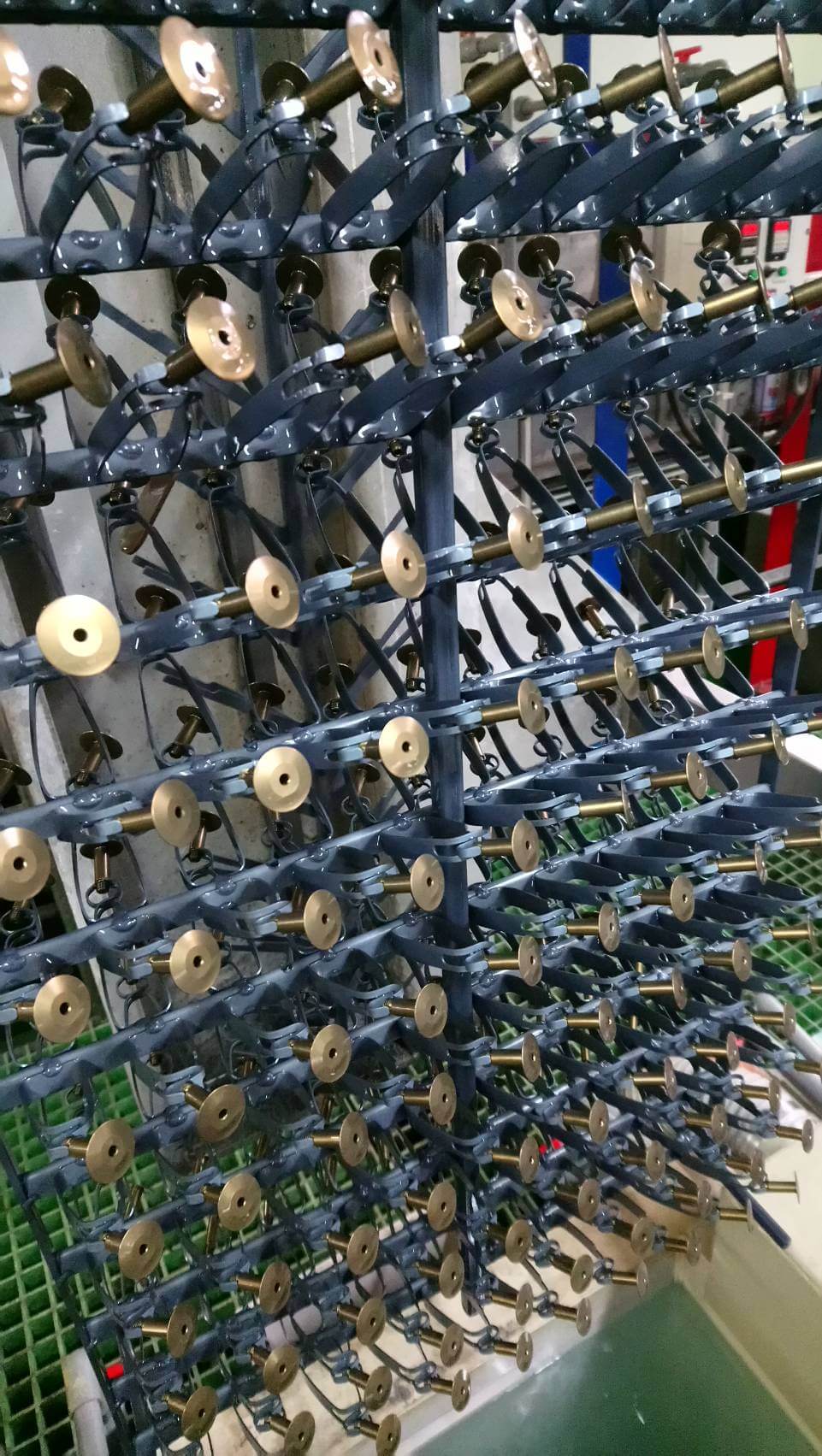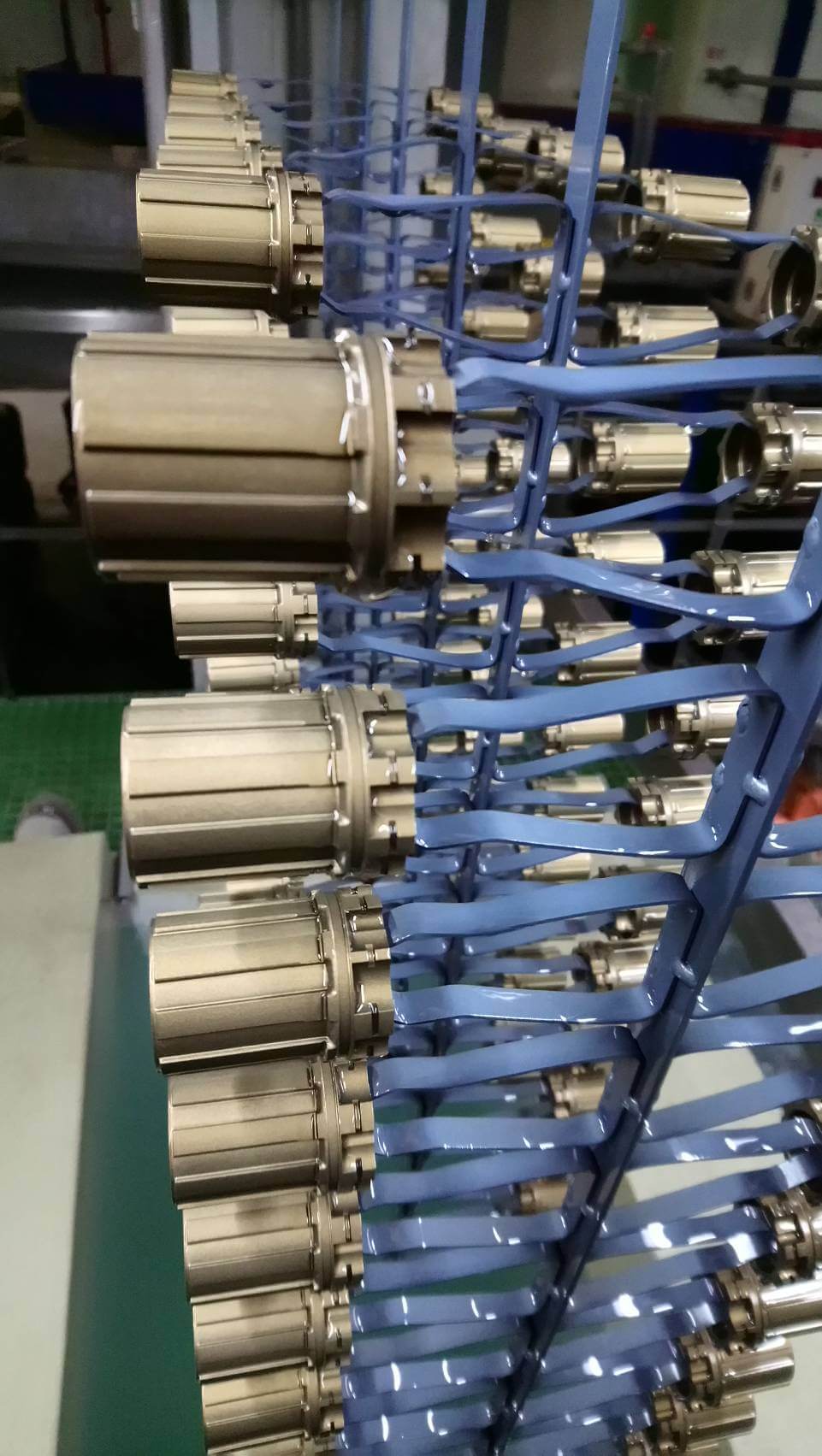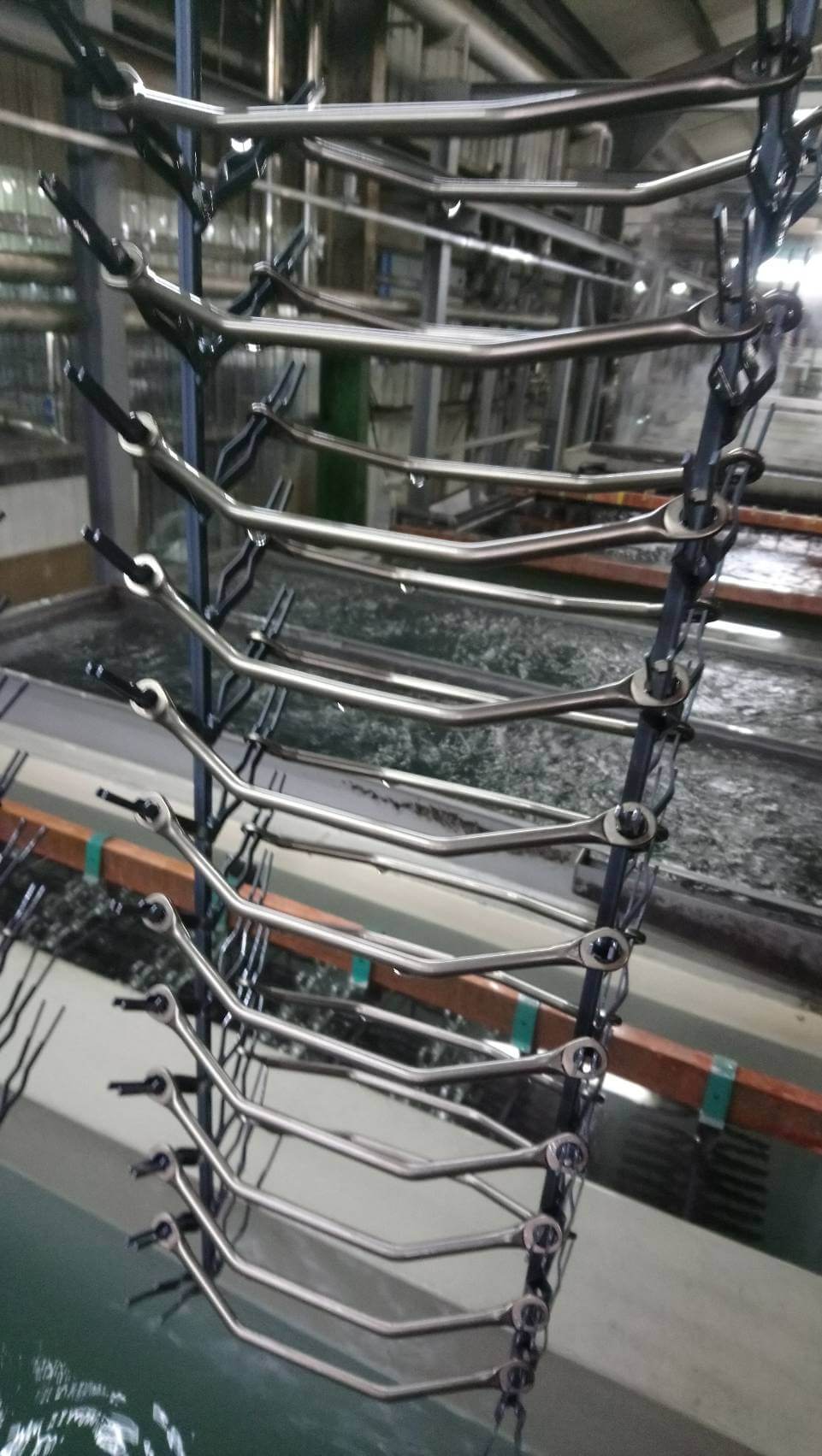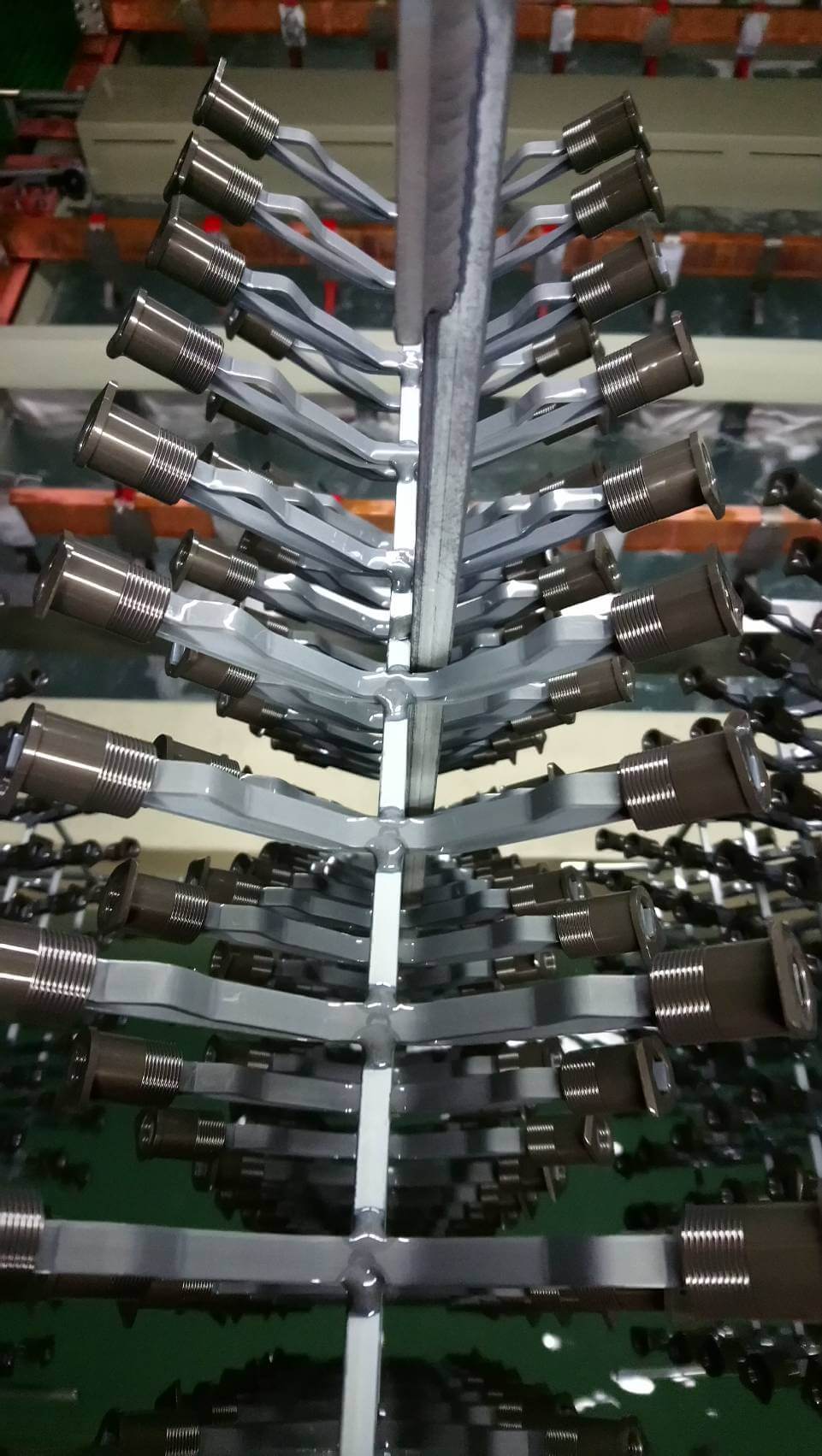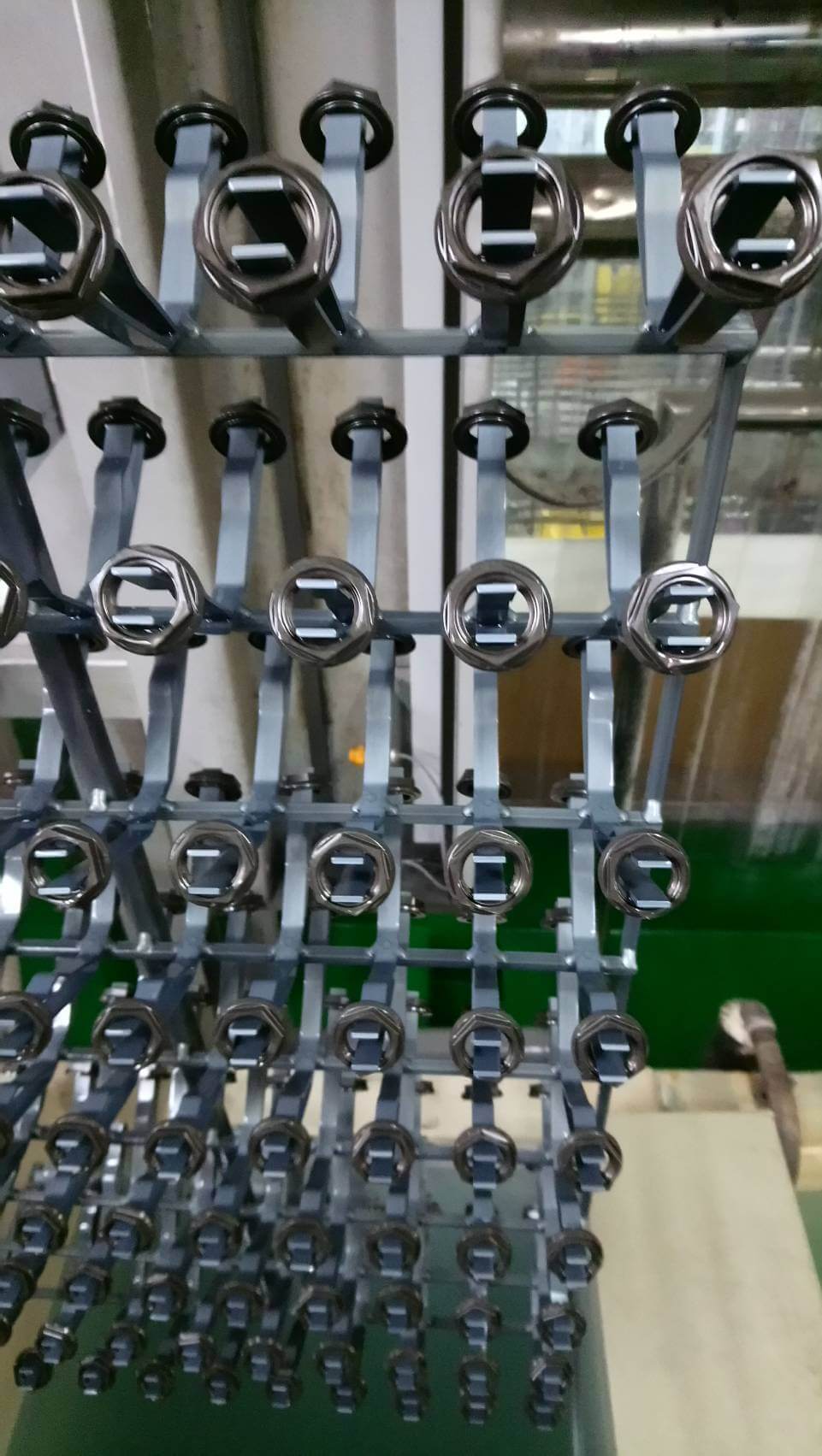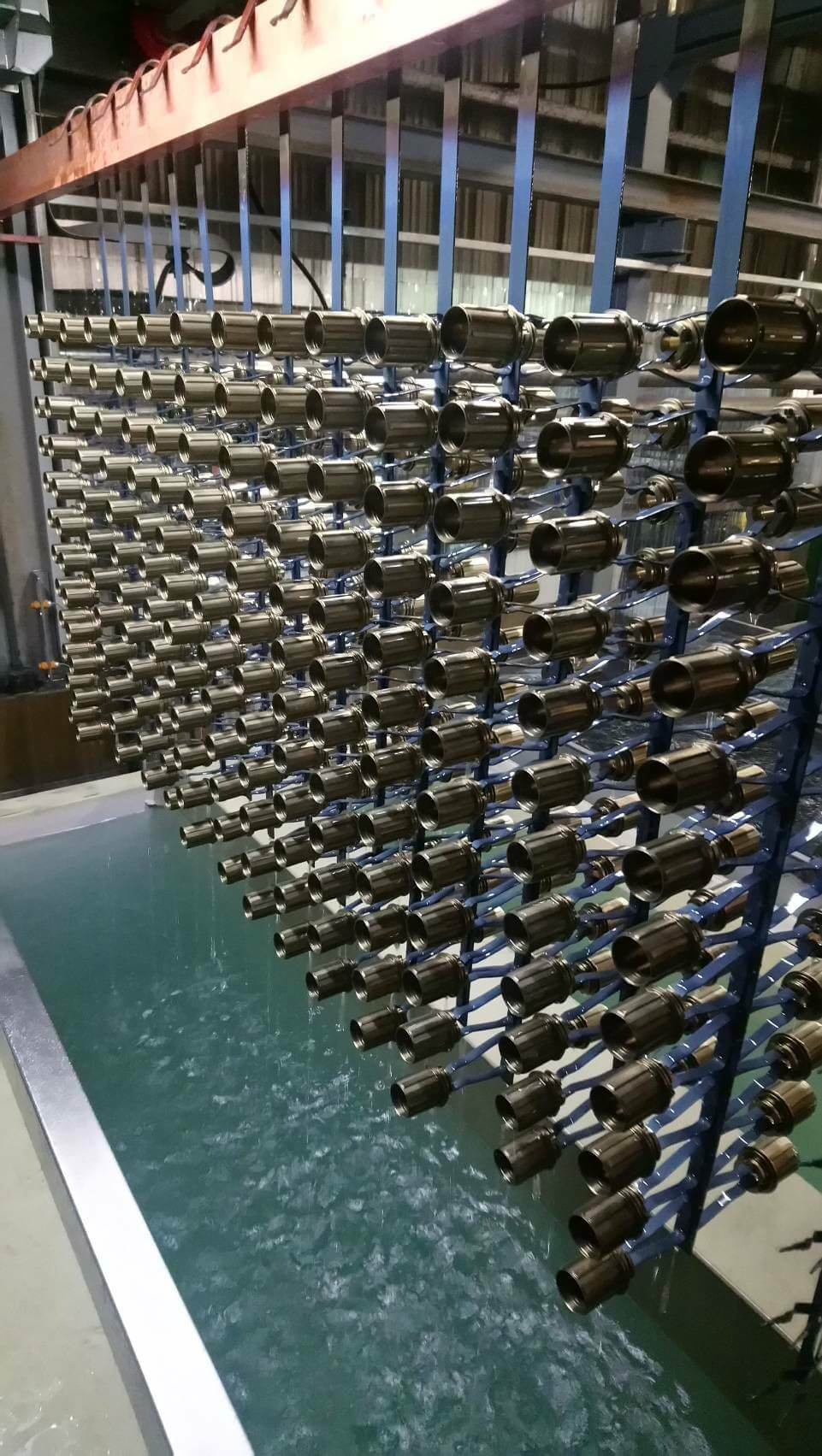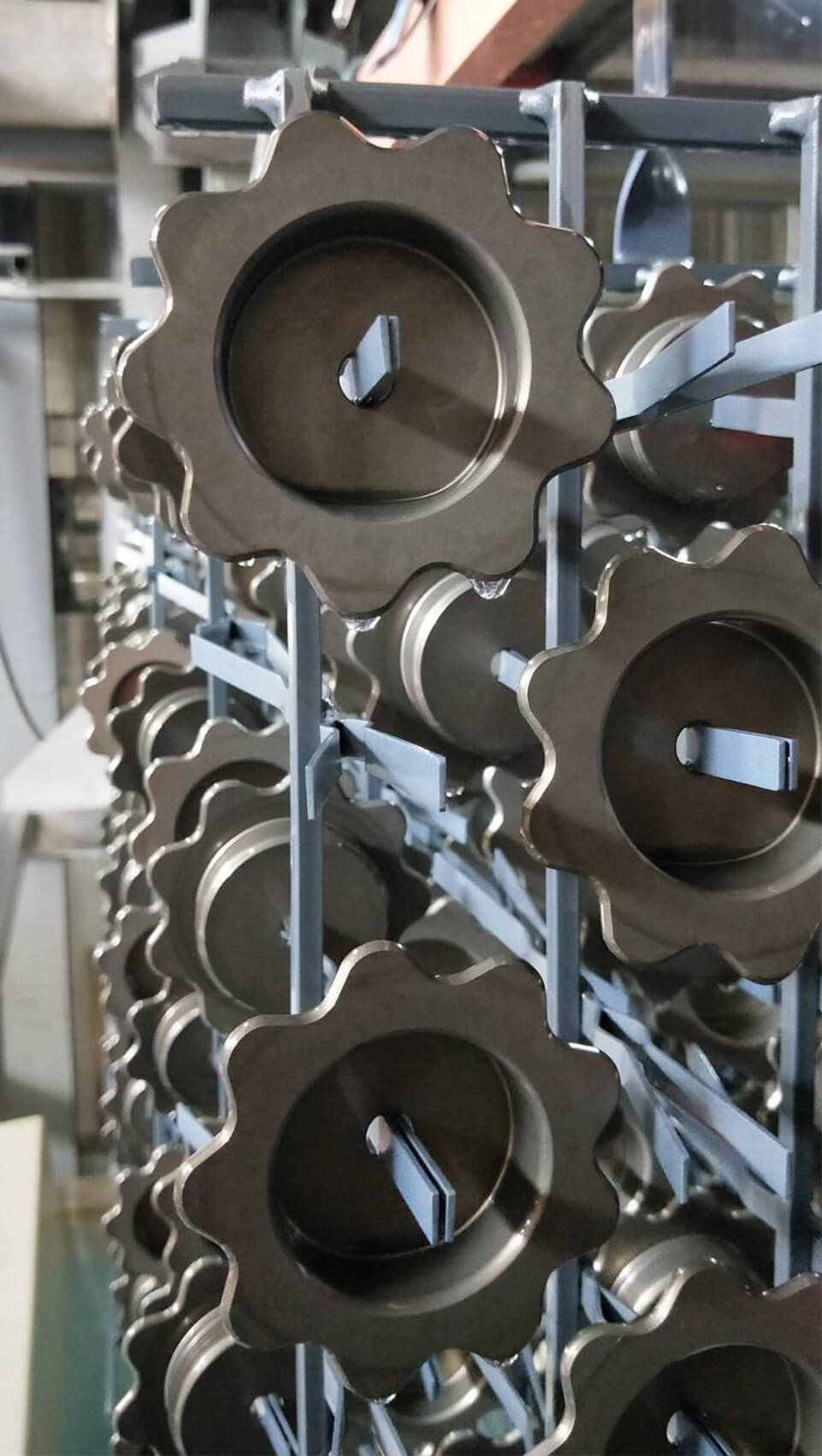Hard Film Anodization
In hard-film anodizing, the workpiece is hung on the anode and placed in a low-temperature electrolyte. An electric current is then used to force the formation of an extremely hard, heat-resistant, wear-resistant, high-resistance, and corrosion-resistant alumina on the aluminum alloy. This extremely high surface hardness, combined with the aluminum alloy's light, strong mechanical, and low cost characteristics, is widely used in various industrial and military applications. This value is an integral part of the precision industry while our industry is upgrading.
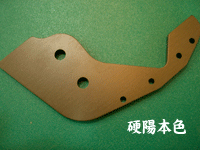
Characteristics of Hard Coating
Hard film anodization can achieve hardness of more than HV500 and film thickness of 30μ to 50μ. It has extremely good friction resistance, corrosion resistance, heat resistance, voltage resistance, and high resistance, and its pore diameter is extremely small. Some applications have a certain degree of non-sticking, and they are widely used in industry. The hardness of the hard-film anodized layer is comparable to the surface hardness of a gold steel drill. Because it is used for mechanical parts due to its tiny pores, the lubricating grease added during the operation of the parts will slowly penetrate into the pores and increase its lubrication.。
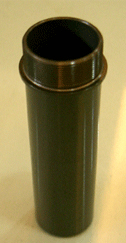
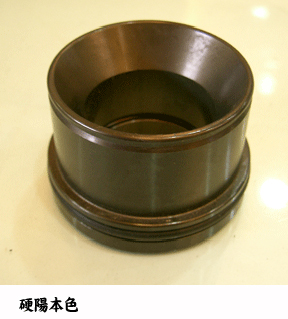
Applications of Dura Mater
- For wear-resistant aluminum components that require high hardness, such as piston seats, pistons, cylinders, bearings, guide rails, impellers of hydraulic equipment or wear-resistant parts that replace steel with aluminum to reduce weight.
- Parts resistant to airflow erosion.
- Parts requiring insulation.
- Parts subjected to high temperatures in an instant.
